Teeth are solid white structures that are a part of many animals’ mouths. Their main function is to chew and tear up food before it is swallowed. An adult human has 32 teeth in two arcades. Anatomists refer to the upper arcade as the maxilla, and the lower one as the mandible. Soft tissues called gingiva hold the arcades in place, while each tooth is anchored in a ridge known as the alveolar bone.
The tooth’s only visible side is the crown. Its other two sides are the gum, which is covered by gingiva, and the root, which is attached to the mandible.Teeth are mostly made up of calcium and phosphorous.The interior of the tooth contains pulp rich in blood vessels and nerves. Pulp is protected by a yellowish outer layer called the dentin. A hard, transparent enamel covers the crown, which is the visible part of the tooth.
A substance called the cementum covers the root and gums, helping to connect teeth to the alveolar bone. There are four kinds of human teeth. From the center of the arcade, there are four incisors, two canines, four premolars, and six molars.The premolars and molars are used to chew. The word molar comes from the Latin term for “chew.” The incisors, also true to their name, cut. The sharper canines are used to pierce through thicker foods. In our modern era, the development of cutlery has somewhat superseded these natural tools.
Along with eating, teeth also aid speech. The tongue rests on them in order to produce different sounds. Humans are born without teeth, developing them later during two distinct phases. During the first phase, 20 teeth known as “baby teeth” appear in infants when they are around six months old.
By the time the child is 6, baby teeth begin to fall out, and are replaced by permanent ones. This slow transformation usually takes between six and seven years to finish. The final four molars in the human mouth are known as “wisdom teeth,” because they grow in after puberty. Teeth have symbolized strength and stability since ancient times. Some popular traditions interpret dreams in which people lose their teeth as indicating fear and presaging the loss of a family member.
Many tribal groups used to extract teeth from young men as a rite of passage to test their threshold for pain.
The tooth’s only visible side is the crown. Its other two sides are the gum, which is covered by gingiva, and the root, which is attached to the mandible.Teeth are mostly made up of calcium and phosphorous.The interior of the tooth contains pulp rich in blood vessels and nerves. Pulp is protected by a yellowish outer layer called the dentin. A hard, transparent enamel covers the crown, which is the visible part of the tooth.
A substance called the cementum covers the root and gums, helping to connect teeth to the alveolar bone. There are four kinds of human teeth. From the center of the arcade, there are four incisors, two canines, four premolars, and six molars.The premolars and molars are used to chew. The word molar comes from the Latin term for “chew.” The incisors, also true to their name, cut. The sharper canines are used to pierce through thicker foods. In our modern era, the development of cutlery has somewhat superseded these natural tools.
Along with eating, teeth also aid speech. The tongue rests on them in order to produce different sounds. Humans are born without teeth, developing them later during two distinct phases. During the first phase, 20 teeth known as “baby teeth” appear in infants when they are around six months old.
By the time the child is 6, baby teeth begin to fall out, and are replaced by permanent ones. This slow transformation usually takes between six and seven years to finish. The final four molars in the human mouth are known as “wisdom teeth,” because they grow in after puberty. Teeth have symbolized strength and stability since ancient times. Some popular traditions interpret dreams in which people lose their teeth as indicating fear and presaging the loss of a family member.
Many tribal groups used to extract teeth from young men as a rite of passage to test their threshold for pain.
RELATED


ELECTRIC CAR


OIL
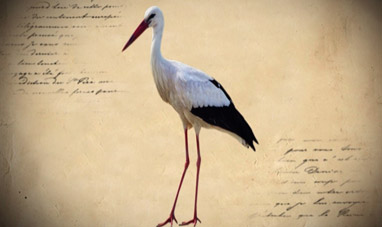

STORK
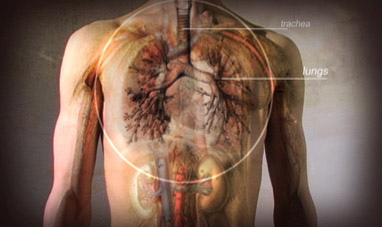

THE RESPIRATORY SYSTEM
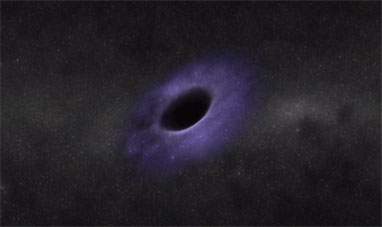

BLACK HOLES
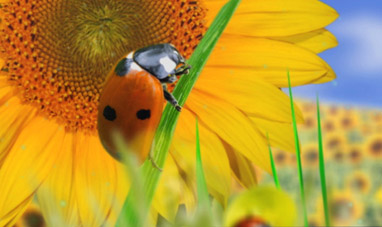

LADYBUG
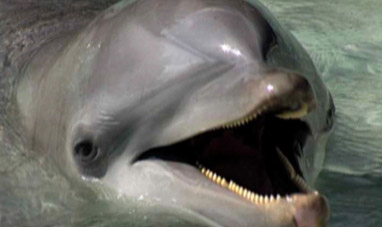

DOLPHIN
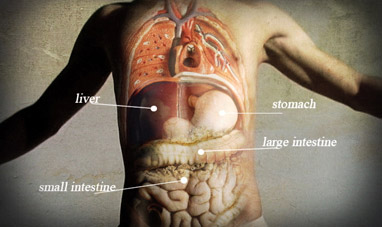

THE DIGESTIVE SYSTEM
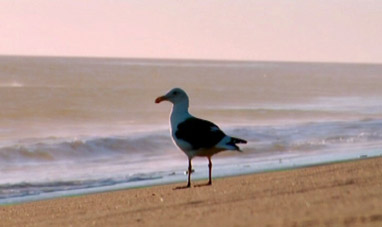

GULL
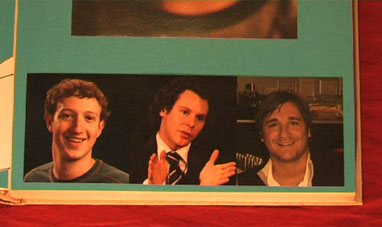

FACEBOOK
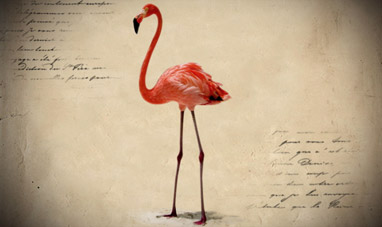

FLAMINGO
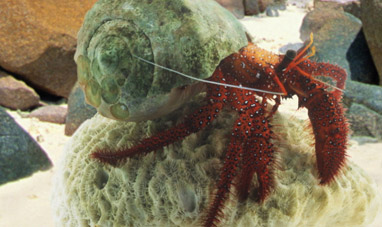

HERMIT CRAB
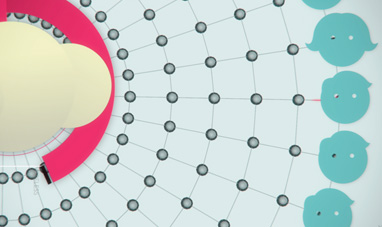

CLOUD COMPUTING
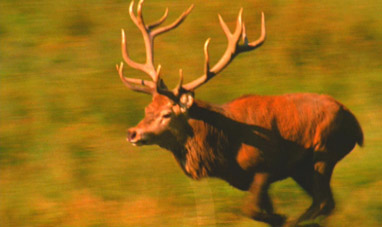

DEER
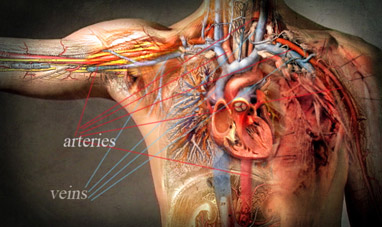

THE CIRCULATORY SYSTEM
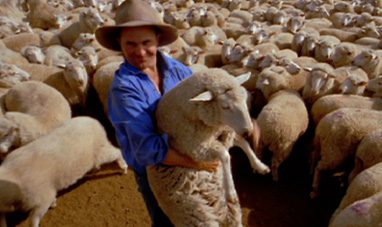

SHEEP


FLEA
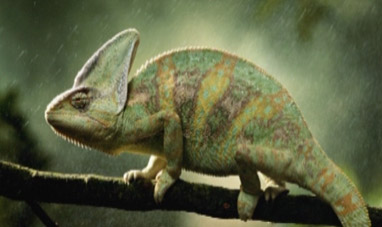

CHAMELEON
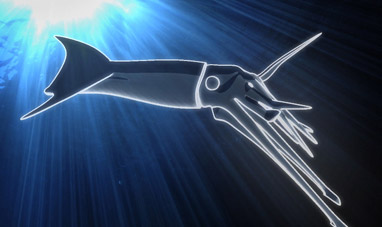

SQUID
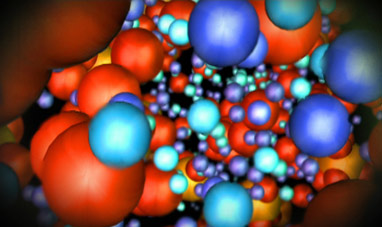

QUANTUM PHYSICS
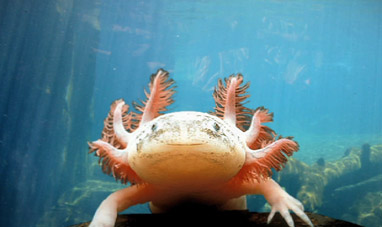

AXOLOTL


COBRA
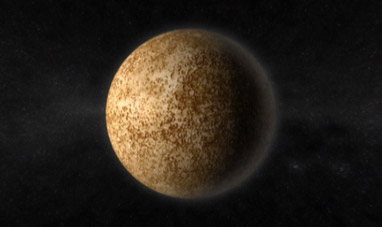

MERCURY
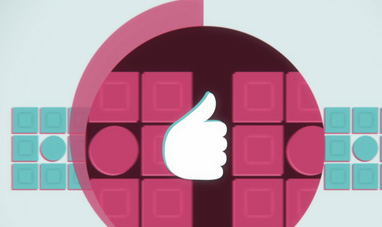

BIG DATA
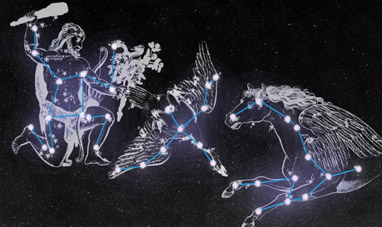

CONSTELLATIONS
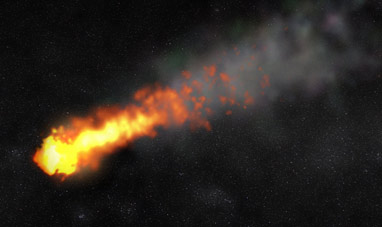

METEORS
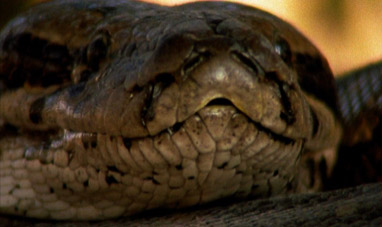

BOA
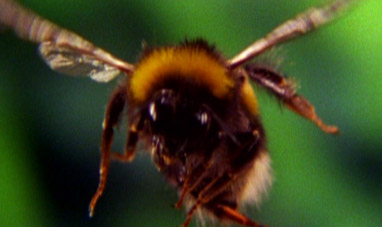

BEE
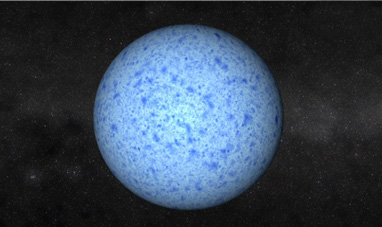

NOVAE
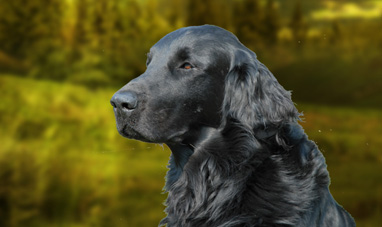

DOG
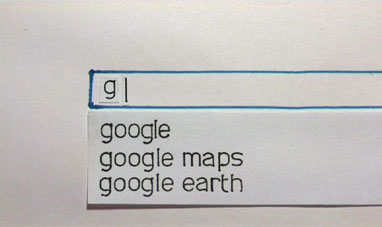

GOOGLE
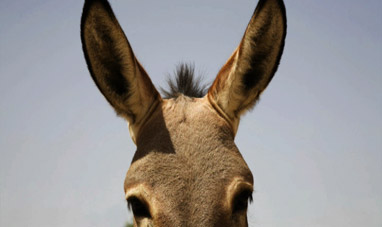

DONKEY
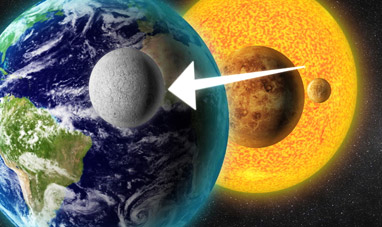

THE MOON


LOTUS PLANT
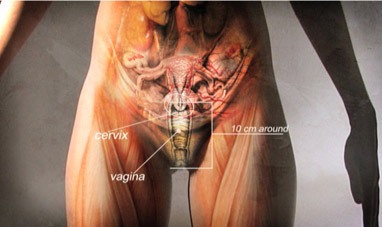

THE FEMALE REPRODUCTIVE SYSTEM
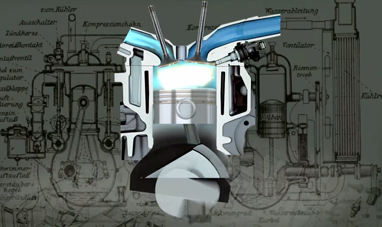

CARS
